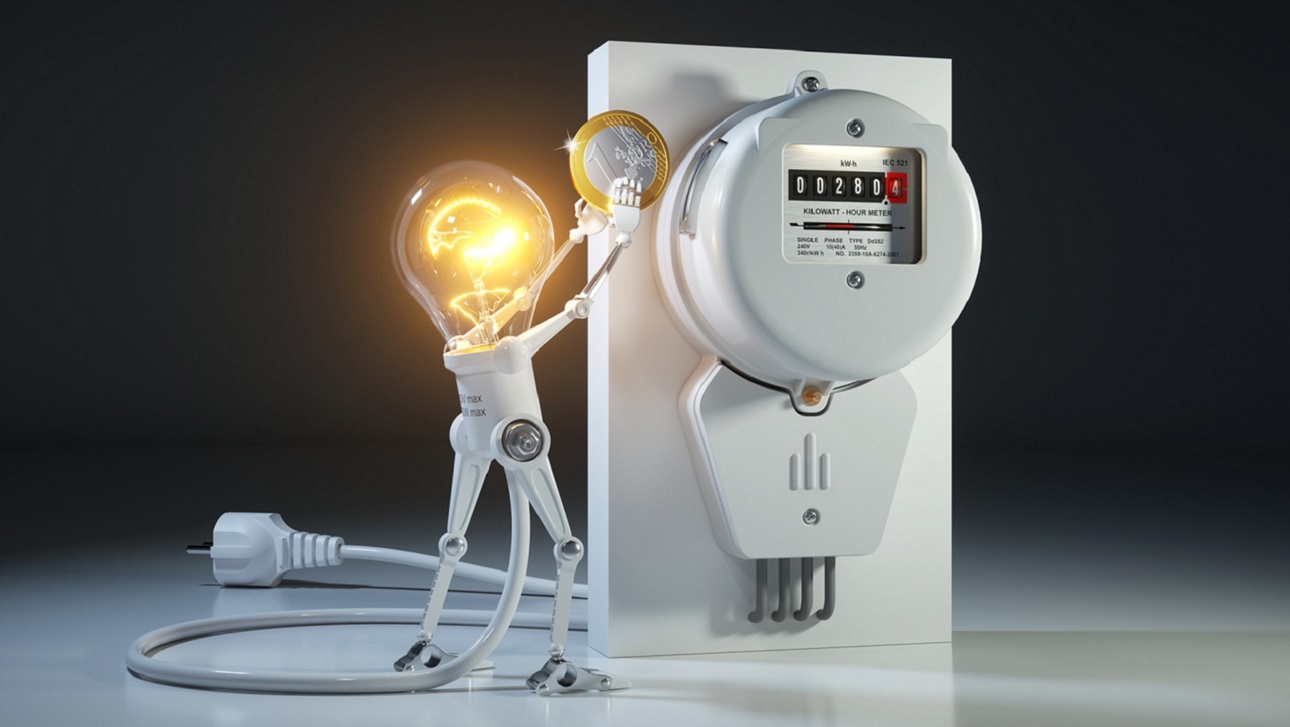Potential Use Cases
There are many different use cases for storage, so battery configuration with the solar photovoltaic (PV) will likely vary based on the homeowner’s goals. To better understand how battery systems can be set up, consider exploring these use cases.

Backup Power for Resiliency
Homeowners might be interested in purchasing a battery backup system with their solar PV to have electricity during power outage events. Used for similar purposes as traditional generators powered by fossil fuels, a battery paired with solar PV can be programmed to provide power during utility grid outages to assigned loads (such as lights, refrigerator, or other essential appliances). Unless the battery is sized to power the entire house, the battery will likely only be able to provide enough power for certain uses (which is set up when the electrician wires the system). Once the power outage event with the utility is resolved, the battery will go back to storing energy produced by the solar PV system that is not immediately consumed by the customer’s electricity loads.

Arbitrage with Time of Use Rates
Depending on where you’re building, the local utility might charge more for electricity during times of high demand, and rates may be lower when people aren’t as active in their homes. Also known as Time of Use (TOU) rates, the price of energy might vary greatly in comparison to utilities that have a flat rate for energy no matter what time it is used. While this application for residential batteries is not as common as for commercial systems, battery storage systems do have the ability to go into arbitrage mode, which is the concept of buying low and selling high. In other words, the battery works to store energy when the price for use charged by the utility is low, and when there is peak demand, the energy from the battery is released so that the customer does not have to purchase grid energy at the higher price.
Reducing Peak Demand
While demand charges are more likely for commercial/industrial electricity rates, some states are considering demand charges in the residential space. A demand charge might trigger after a certain number of kilowatt hours are used at one site during periods of high demand. To avoid this often-costly charge, a battery can be programmed to trigger a discharge before the home or commercial facility reaches that point.
In one utility-led program in Vermont, the utility incentivized residents to have batteries in their homes by minimizing upfront costs, with the caveat that the utility would be able to control when the battery is discharged. In this scenario, the utility can coordinate the use of many smaller batteries with computer software, with the goal of reducing demand during peak load times (such as when people get home from work and are cooking dinner). This type of aggregation can reduce overall prices for customers at times when electricity is expensive.



